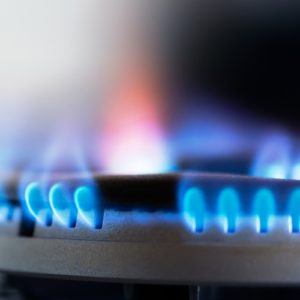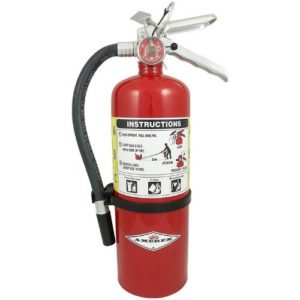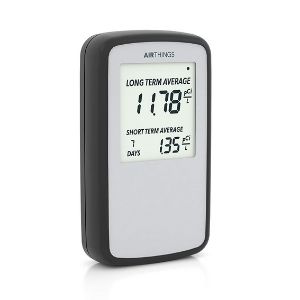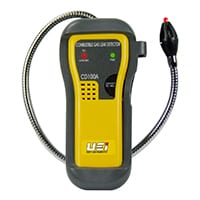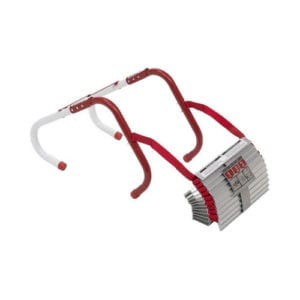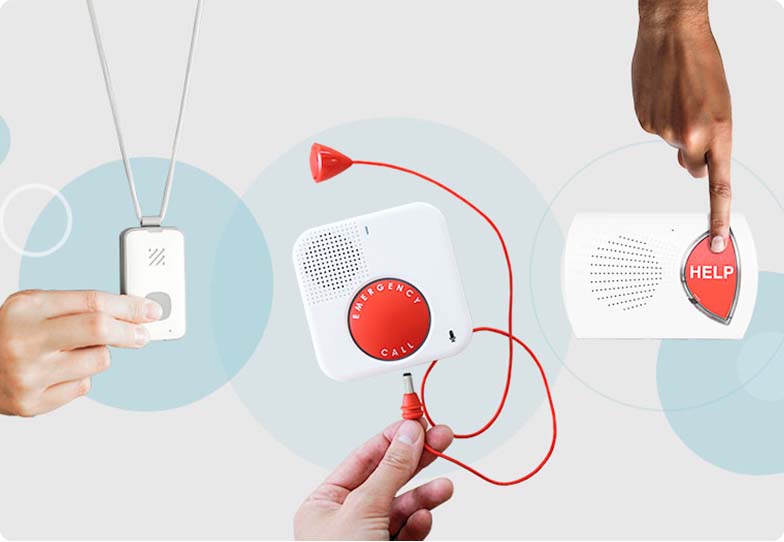Natural gas is a relatively safe, efficient, and convenient source of energy, providing more than half the homes in the United States with heat and the ability to cook food, dry clothing, and heat water.1 But if your natural gas is improperly installed or maintained, natural gas leaks can become a health risk and source of danger in your home.
There are also other potential sources of poisonous vapors in your home, including fumes from improperly ventilated gas generators, gas furnaces, and even attached garages. The Centers for Disease Control and Prevention indicate as many as 50,000 Americans visit the emergency room yearly due to accidental carbon monoxide poisoning.2
In addition to the health risks, gas leaks carry explosive potential due to the highly flammable nature of the vapors. If you have gas installed in your home or business or are currently experiencing fumes inside the house that you can’t identify, we’ve compiled this guide to help you detect and prevent natural gas leaks.
